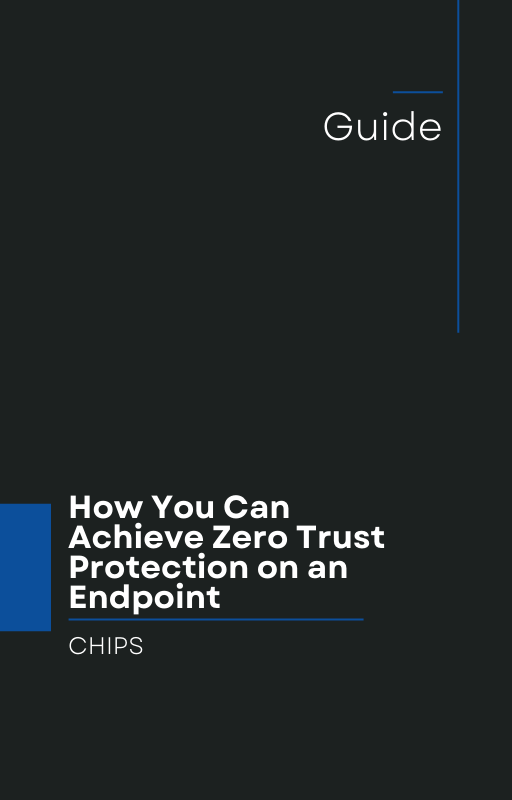A recent Forbes article by Emil Sayegh sounds the alarm for cybersecurity teams across industries: three major cybersecurity breaches in just three weeks. The high-profile attacks on Change Healthcare, CDK Global, and Microsoft aren’t just isolated events—they are symptoms of a much bigger problem: a cybersecurity strategy rooted in outdated assumptions.
While these companies were equipped with advanced threat detection and response solutions, those defenses ultimately failed to prevent disruption. It’s time to confront the truth: “detect and respond” is no longer enough.
Three Breaches. One Common Thread.
Let’s briefly examine the nature of each of these breaches, as outlined in the Forbes article:
-
Change Healthcare – A crippling ransomware attack disrupted healthcare services nationwide, impacting hospitals, providers, and patients. Months later, recovery is still ongoing.
-
CDK Global – The backbone technology provider for thousands of auto dealerships was paralyzed, causing widespread operational delays across the automotive sector.
-
Microsoft – Even one of the world’s most secure tech giants wasn’t spared. A Chinese state-sponsored group breached Microsoft’s email systems, exposing government and corporate communications.
Despite differing industries and attacker profiles, each of these breaches was enabled by a failure to stop malicious activity before it executed.
The Limits of “Detect and Respond”
For years, the dominant cybersecurity playbook has been centered on detection and response. That means identifying threats as they emerge and responding swiftly to minimize damage.
In theory, this makes sense.
In practice? It’s a race against time—and time usually wins. Attackers are using automation, AI-generated malware, and zero-day exploits to move faster than humans or traditional security tools can react. Detection tools are being bypassed, disabled, or simply overwhelmed.
According to Emil Sayegh’s article, the attackers in each case exploited known or preventable weaknesses. That’s especially troubling because it shows that even well-resourced organizations with state-of-the-art defenses are being outpaced.
It’s Time for a Different Approach: Isolation and Containment
Imagine if malware couldn’t run—even if it got in.
That’s the power of isolation and containment, and it’s the model behind AppGuard, a proven endpoint protection solution that’s quietly protected critical systems for over a decade. Only recently made available for commercial use, AppGuard takes a fundamentally different approach to cybersecurity:
-
It prevents the execution of unauthorized processes—whether they are known or unknown.
-
It contains applications so that even if one is exploited, the threat can’t spread.
-
It operates without relying on threat detection, signatures, or constant updates.
This proactive model means threats are stopped before they do harm, not merely detected after the fact.
AppGuard doesn’t just react—it prevents.
A Proven Track Record—Now Commercially Available
For over 10 years, AppGuard has protected sensitive systems in high-security environments—systems that couldn’t afford compromise. And now, that same military-grade technology is available to businesses of all sizes.
With cyberattacks increasing in both frequency and sophistication, AppGuard provides the kind of zero-trust enforcement businesses need: isolation, containment, and uninterrupted protection—without adding complexity or performance burdens.
It’s time to stop assuming breaches are inevitable and start preventing them from the start.
A Call to Business Leaders
If your business is still relying solely on detect-and-respond solutions, these recent breaches should be a wake-up call.
Talk with us at CHIPS about how AppGuard can help you move from reactive defense to proactive prevention.
Let us show you how AppGuard stops threats before they can execute—even the ones that detection tools miss.
Don’t wait to become the next headline.
Let’s talk.
Like this article? Please share it with others!

July 22, 2025

Comments